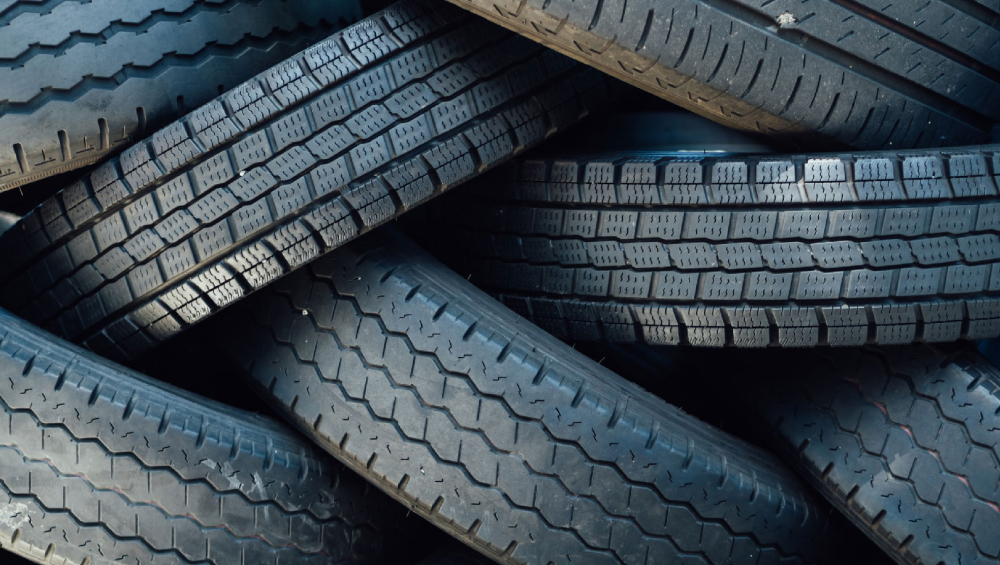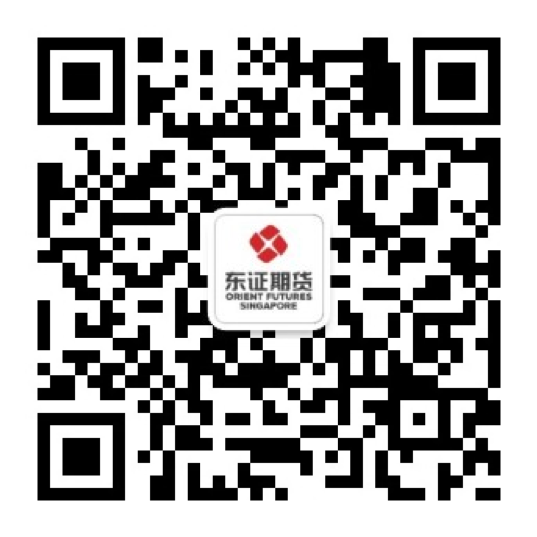From the cars that we drive to the various collections of tubings that industries use, rubber is one of the most versatile and extensively used commodities in the world. Rubber futures trading provides a hedging tool for stakeholders in the rubber value chain.
Thanks to its properties, rubber is used today to make a variety of modern-day products we can’t live without including automotive tyres, footwear, conveyor belts and latex sheets.
In fact, despite the global pandemic, worldwide consumption of rubber was strong, hitting 12.7 million tonnes of natural rubber and 14.2 million tonnes of synthetic rubber.
With 47% of consumption being attributed to natural rubber in the first 9 months of 2021, the rubber market is a dynamic one that ties in both the crop seasonality for natural rubber trees as well as the price of oil that affects the synthetic rubber market.
With the rubber futures market, producers of the commodity, such as rubber plantation farmers, can hedge against any adverse price movements and lock in their margins.
Similarly, consumers of rubber can also use the futures to lock in a favourable price as well.
In this article, we will take you through everything you must know about trading rubber and the factors you should be aware of to become a better trader in the rubber markets.
6 Things You Must Know When Trading Rubber Futures
1. Rubber’s Demand Spans Across A Spectrum Of Industries
Thanks to rubber’s physical properties including flexibility, resistance to abrasion and electrical resistance, rubber is used extensively across our modern world, both at home and across industries.
Rubber products are used in various sectors including:
- Agricultural
- Aerospace & Aviation
- Automotive
- Chemical & Petroleum
- Construction
- Textile
In fact, over 80% of the world’s global rubber market is consumed for making tires and footwear, majority of it being in the automotive industry.
A booming economy that elevates the growth of the automotive industry will generally be favourable towards the demand for rubber, helping to boost the prices.
However, should a downturn happen or an event that negatively affects automotive companies, the demand for rubber will fall correspondingly.
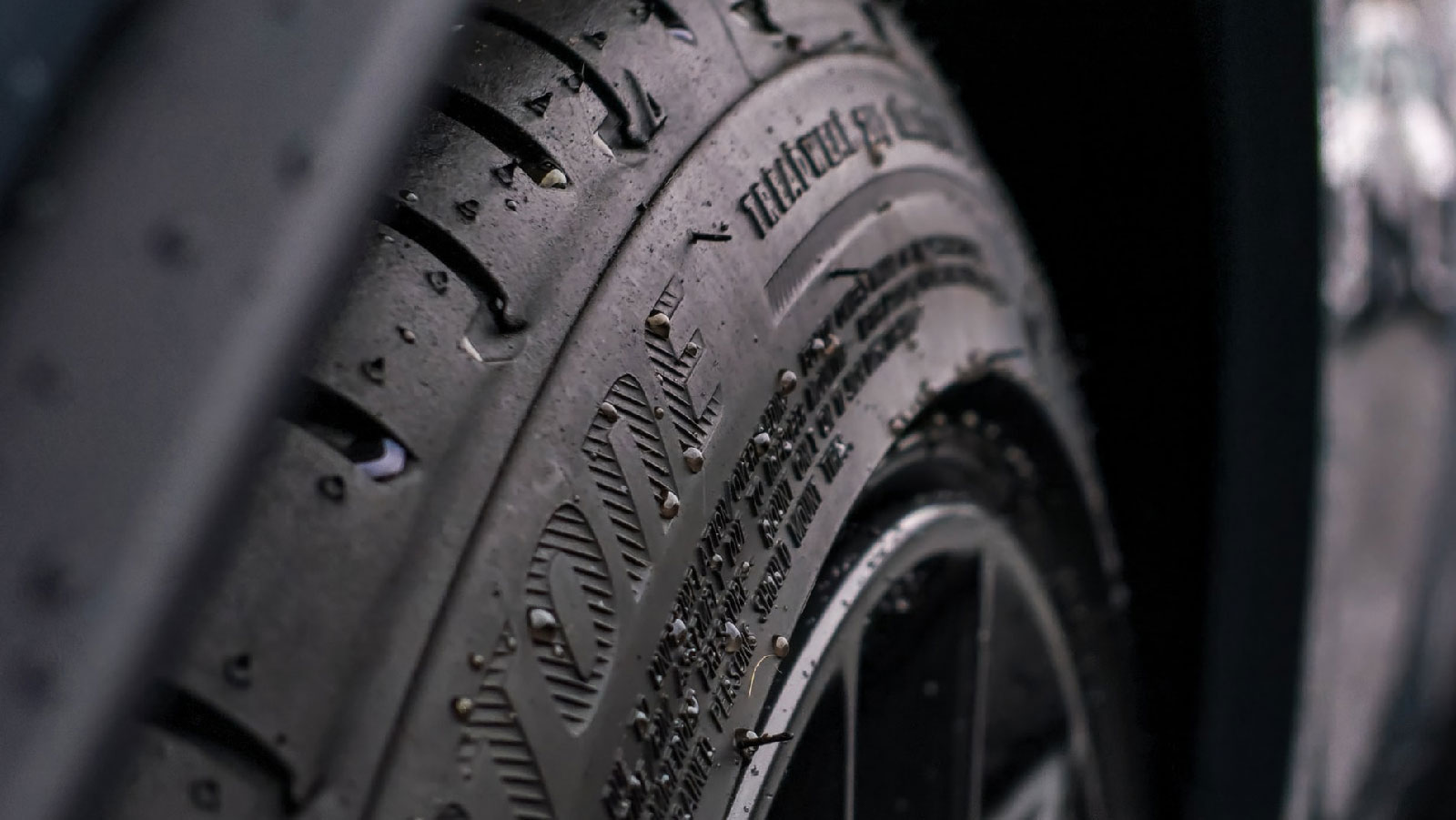
2. There Are Two Broad Types Of Rubber - Natural & Synthetic
Natural rubber comes from cultivating and harvesting the sap from the Hevea brasiliensis rubber tree, making it an agricultural commodity.
Latex is sourced from the plant, processed and then used to make rubber. Rubber made this way gives it a high tear resistance, good tensile strength as well as greater flexibility compared to synthetic rubber.
Natural rubber is preferred in the commercial production of tyres in both the automotive and aerospace industries.
Synthetic rubber on the other hand is produced by the polymerisation of oil by-products into polymers. As a result, they have an advantage in toughness, heat and chemical resistance as well as elasticity.
Synthetic rubber is used in products including belts, hoses, gaskets and neoprene.
In 2020, natural rubber accounted for 47% of the global consumption demand.
3. Rubber’s Production Is Dominated By South-East Asian Countries
As with many other commodities, certain countries and regions tend to dominate production.
In rubber’s case, it is the South-East Asian countries including Thailand and Indonesia that are leaders in the production of rubber.
In 2020, Thailand produced almost 4.4 million tonnes of natural rubber with Indonesia and Vietnam producing 3 million tonnes and 1.2 million tonnes respectively.
This means that any disruptions or change in supply could positively or adversely affect the rubber prices and should be watched closely by traders, consumers and producers alike.
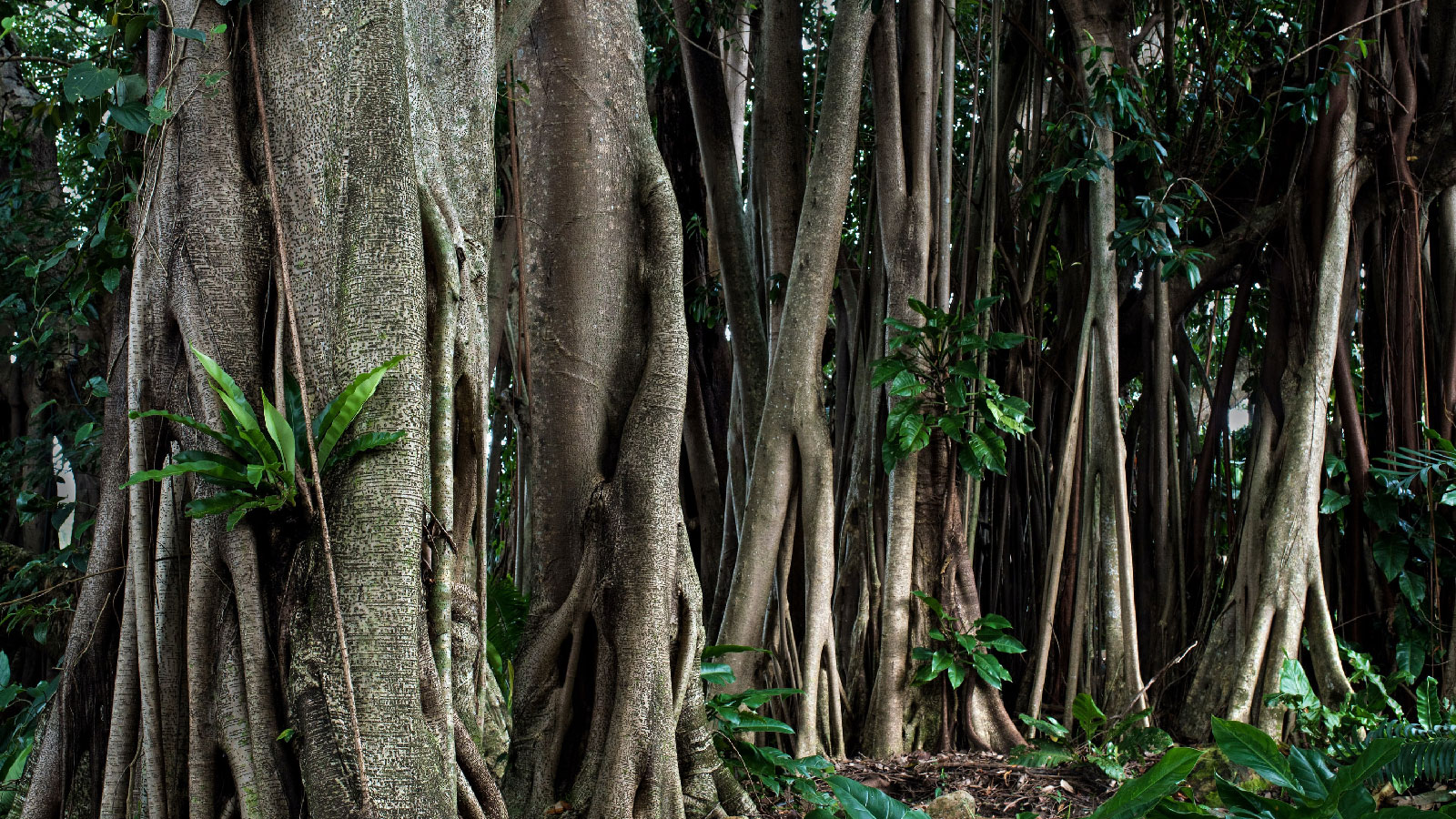
4. China, India & The United States Lead Rubber Consumption
When it comes to the consumers of natural rubber, China tops the list easily with over 4.7 million metric tons consumed.
India and the United States come in 2nd and 3rd with consumptions of 1 million tons and 807,000 tons respectively.
Traders of rubber would need to pay attention to any increase in demand from these three countries, especially during the holiday seasons where there could be an increase in consumption of industrial and general goods.
5. Rubber Is Agriculturally Grown & Subject To Weather Risks
Like many other commodities that are grown such as soybeans and corn, rubber is an agricultural product meaning weather conditions can adversely affect rubber yields.
In a world of global warming, rising temperatures, drought and flash foods will reduce the yield of rubber plantations and easily cause a supply crunch.
Especially, in the South-East Asian countries that dominate rubber production, disease outbreaks and poor cultivation methods can both negatively affect the supply and thus the prices of rubber.
6. There Are Various Exchanges Trading Different Rubber Products
Traders looking to enter the rubber futures market will be able to trade and hedge their positions in two main exchanges in the world.
The products available are mainly RSS3 (Ribbed Smoked Sheet Rubber) and TSR20 (Technically Specified Rubber).
The first is the Singapore Exchange (SGX) where you will be able to access RSS3 and TSR20 Rubber futures.
Secondly, the Shanghai International Energy Exchange (INE) also offers their TSR20 rubber futures contract for you to trade in.
It is important to note that each exchange will have its own contract specifications such as the INE’s TSR20 having a minimum contract size of 10 tonnes per lot with a minimum trading margin requirement of 7% of the contract value.
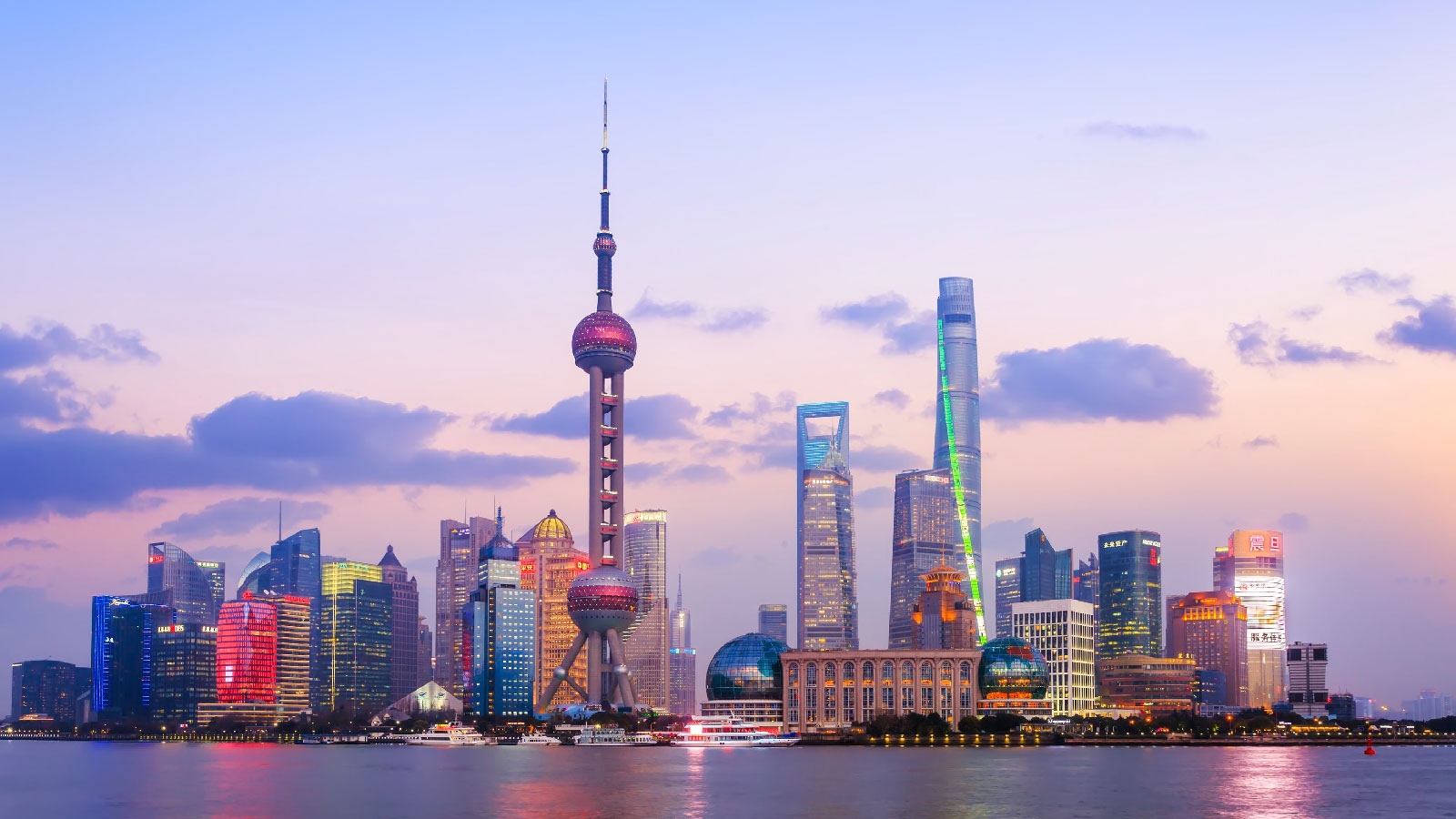
Access Rubber Futures Today With Orient Futures Today
At Orient Futures, we provide traders and hedgers with access to international futures market to trade rubber futures.
To trade futures (of any product) in the INE, individual investors and companies will have to go through a futures firm member of the INE or an overseas broker, which is where Orient Futures can help.
We are an official MAS regulated broker as well as an official overseas intermediary, allowing traders to access a spectrum of futures and options in Chinese exchanges including the INE, DCE and ZCE.
With us, you can enjoy direct access to trading, clearing and settlement. Our parent company, Shanghai Orient Futures, is the largest broker in terms of aggregated volume across the five regulated exchanges in China.

